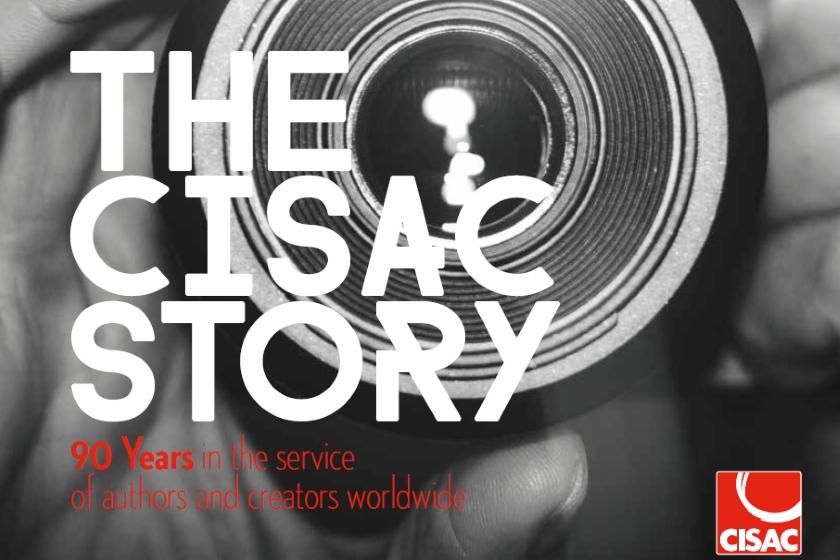CISAC Publishes “The CISAC Story”, a Book Celebrating 90 Years in the Service of Authors and Creators Worldwide

CISAC – the International Confederation of Societies of Authors and Composers – has published The CISAC Story - 90 years in the service of authors and creators worldwide. The comprehensive history of the confederation was written by Bertrand Moullier. It was released in English, French and Spanish and distributed to authors’ society representatives during the 2016 CISAC General Assembly.
In June 1926, a small group of like-minded authors’ societies from 18 countries convened in Paris for a historic meeting that led to the creation of CISAC. This handful of individuals sought to extend the concept of authors’ rights, invented by Pierre-Augustin Caron de Beaumarchais in the 18th century, throughout the world. In June 2016, the confederation celebrated its 90th anniversary at its General Assembly in Paris – the city where it all began. Today, CISAC counts 239 authors’ societies in 123 countries, protecting the rights and promoting the interests of over 4 million creators worldwide.
The playwrights and composers who took CISAC through its early years understood how vital it was to connect with one another across national borders. In an increasingly global post-war world, authors’ societies needed to connect with one another to make sure that repertoires could be protected and creative works fairly remunerated wherever they travelled. From this core, CISAC gradually built the successful worldwide network of authors’ societies that it is today. It came to assert itself as an authoritative global advocate for authors’ rights.
The CISAC Story takes the reader on a remarkable journey through the first 90 years of the confederation’s history. It brings to life the contributions of many of the outstanding architects of its longevity – creators, lawyers and intellectuals – from the gradual admission of new repertoires in the formative years to the trials of WWII, when CISAC’s commitment to independence was tested to its limits. It delves into the post-war era from the turmoil of the Cold War and the rise of the developing world, when politics often challenged CISAC’s attempts to serve authors everywhere, to the current quandaries of the digital revolution.
An intimate record of the confederation’s long march to global stature, The CISAC Story is a compelling glimpse into the role creators and their societies have played in helping build the worldwide edifice of laws that protect and support creativity everywhere.